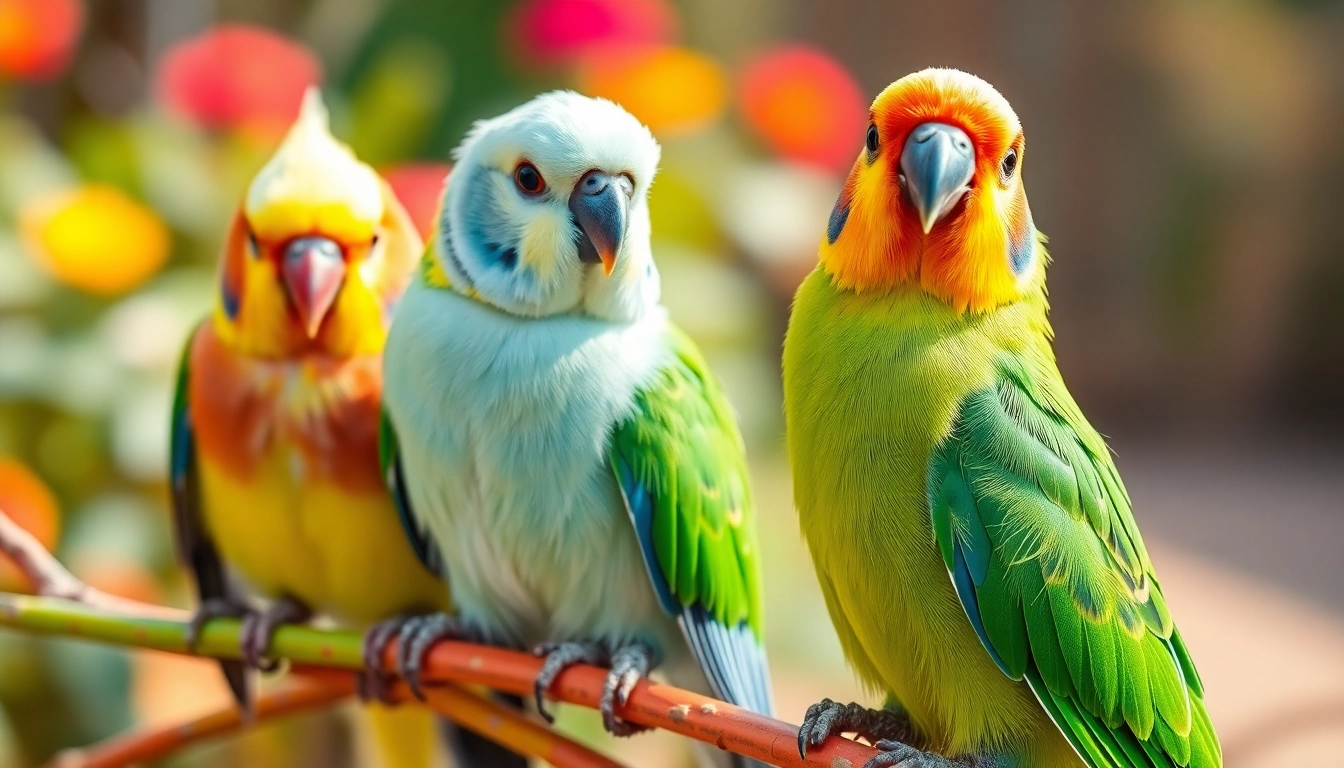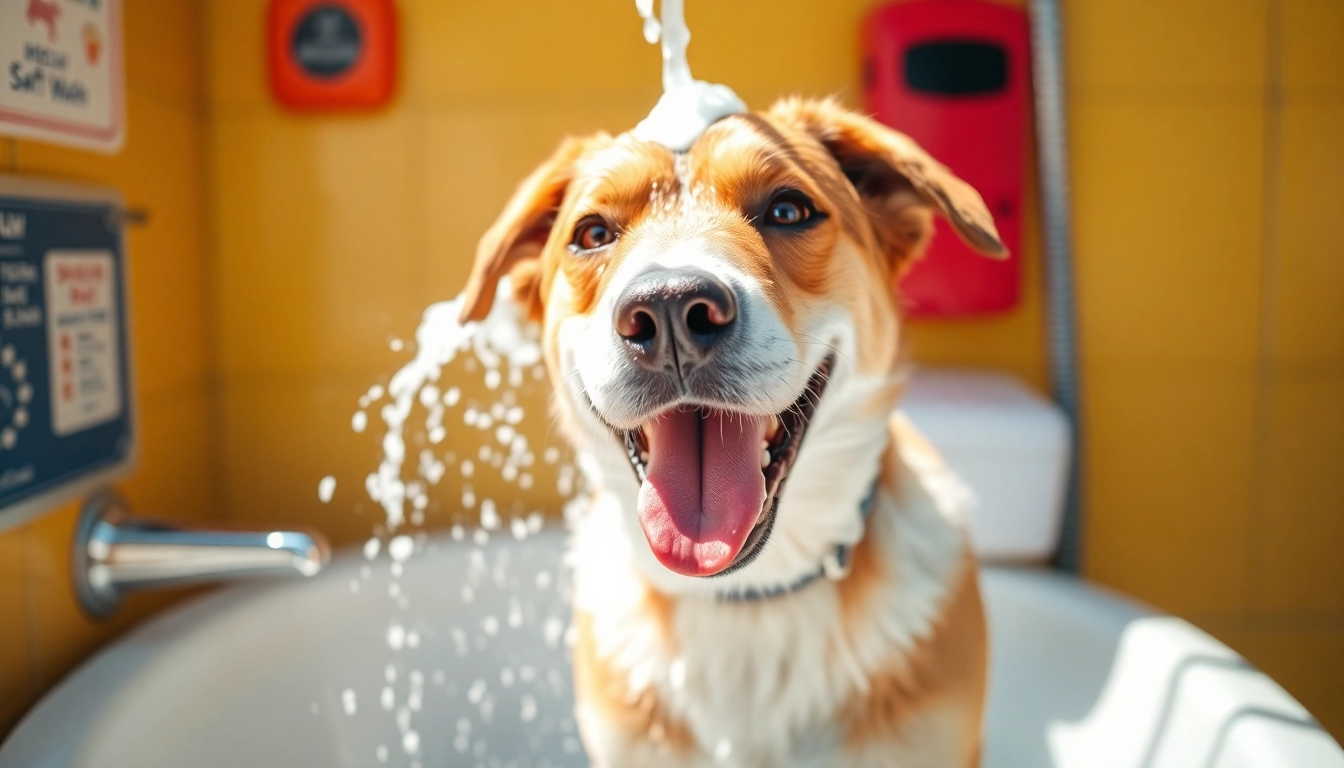Comprehensive Guide to Caring for and Maintaining Healthy Pet Birds
Understanding the Basics of Pet Birds Care
Owning a pet bird is a rewarding experience that brings vibrant life and companionship into your home. However, proper care is essential to ensure your feathery friend remains healthy, happy, and well-adjusted. From selecting the right species to creating an enriched environment, understanding the fundamentals of pet bird care sets the foundation for a successful relationship with your bird. For those new to avian ownership, exploring the world of pet birds helps you grasp the importance of tailored care practices and continuous learning.
Choosing the Right Bird Species for Beginners
Selecting a suitable bird is the initial step that influences the entire care journey. Beginners should focus on species known for their adaptability, manageable size, and moderate noise levels. Popular starter options include Budgerigars, Cockatiels, and Lovebirds, which are relatively easy to care for and tend to develop strong bonds with owners. Consider your space, lifestyle, and commitment level when choosing; larger species like Conures or African Greys, while intelligent and engaging, demand more maintenance and social interaction.
Research each species’ dietary needs, lifespan, social behavior, and environmental requirements. Visiting local breeders or avian rescue centers can provide insights and help you make an informed choice that aligns with your capabilities and expectations. Remember, a well-chosen bird that matches your environment minimizes behavioral issues and promotes long-term well-being.
Preparing a Safe and Stimulating Environment
Creating a secure, stimulating habitat is critical for your bird’s mental and physical health. The cage should be spacious enough for movement, with appropriate bar spacing to prevent escapes or injuries. Placement is equally important; avoid windows, drafts, and direct sunlight to prevent stress or health risks. Enrichment items like perches of varying textures and sizes, natural branches, and safe toys keep your bird mentally stimulated. Incorporate climbing structures, mirrors, and foraging toys to mimic natural behaviors and prevent boredom.
Regularly rotate toys and change cage layouts to promote curiosity. Ensuring the environment is free from hazards such as toxic plants or household chemicals is vital. Consistency in cage cleaning and maintenance also supports a healthy living space and prevents disease introduction.
Nutrition and Feeding Guidelines for Pet Birds
Balanced nutrition underpins your bird’s health and lifespan. A diverse diet should include high-quality pellets, fresh fruits and vegetables, and occasional seeds. Avoid feeding your bird chocolate, caffeine, avocado, or salty foods, as these are toxic to birds. Fresh water must be available at all times and changed daily. Consult avian nutrition experts or your veterinarian to tailor diets specific to your bird’s species and age.
Implementing feeding routines, such as scheduled meal times and foraging opportunities, enhances natural behaviors. Monitoring food intake and droppings provides early indicators of health issues. Proper nutrition, combined with environmental enrichment, fosters vitality and longevity.
Training and Socializing Your Pet Birds
Building Trust and Bonding with Your Birds
Establishing trust is foundational in bird training and socialization. Begin with gentle, consistent interactions, speaking softly and offering treats as positive reinforcement. Spend quality time near the cage, allowing your bird to observe and gradually approach. Hand-taming involves offering your finger as a perch, respecting your bird’s comfort level to avoid causing stress. Patience and consistency are essential, and success often comes with gradual progress.
Use calm, routines-based interactions to reinforce a sense of security. Over time, your bird will recognize you as a reliable source of safety and comfort, making further training and socialization easier.
Introducing Enrichment Activities to Prevent Boredom
Environmental enrichment reduces behavioral issues stemming from boredom and promotes mental agility. Examples include foraging toys that hide treats, puzzles, and natural branches for chewing and climbing. Rotate items regularly to keep your bird engaged. Incorporating music or sounds they enjoy can also stimulate their senses. Additionally, supervised outdoor flight sessions, if safe and secure, provide natural exercise and exploration opportunities.
Engaging in daily interaction is key—talk, sing, or mimic sounds that interest your bird. These activities strengthen your bond while supporting their emotional health.
Common Behavioral Issues and How to Address Them
Birds may develop behaviors like biting, screaming, or destructive chewing if not properly managed. Identify triggers such as fear, boredom, or stress, and address these root causes. For biting, training involves redirection and positive reinforcement for gentle interactions. Screaming can often be reduced through environmental adjustments and providing adequate stimulation. Destructive chewing can be managed with safe toys and branches.
Establishing routines, ensuring adequate socialization, and avoiding negative reinforcement techniques lead to better behavioral outcomes. Consulting avian behavior specialists can offer tailored strategies for complex issues.
Health Monitoring and Preventive Care
Recognizing Signs of Illness in Pet Birds
Early detection of health problems hinges on observation. Common signs include fluffed feathers, lethargy, abnormal droppings, nasal discharge, or changes in appetite. Behavioral shifts, such as decreased vocalization or refusal to perch, warrant prompt veterinary consultation. Maintaining a health journal can help track symptoms and identify patterns.
Frequent health checks and vigilance allow for early intervention, increasing the chances of recovery and reducing treatment costs.
Regular Vet Checkups and Vaccinations
Schedule annual or bi-annual veterinary visits with an avian veterinarian. These exams include feather, beak, and nail trims, as well as health assessments. Vaccination protocols vary by species and region; consult your vet about necessary vaccines to prevent common diseases like polyomavirus or psittacosis. Preventive care is key to extending your bird’s lifespan and ensuring optimal health.
Maintaining Cleanliness and Preventing Diseases
Good hygiene practices involve weekly cage cleaning, disinfecting perches, toys, and feeding utensils. Remove soiled bedding and droppings immediately. Use bird-safe disinfectants, avoiding harsh chemicals that can be toxic. Practicing personal hygiene, such as washing hands before and after handling your bird, minimizes pathogen transmission.
Isolation of new birds before introducing them to existing pets is critical to prevent disease spread. Regular health assessments and maintaining a clean environment serve as the frontline defense against illness.
Breeding and Reproduction Tips for Pet Birds
Understanding Breeding Cycles and Conditions
Breeding requires awareness of your bird’s reproductive cycle, which varies among species. Factors such as daylight hours, temperature, and diet influence breeding readiness. Usually, physiological signs include nesting behaviors and hormonal changes. Providing a quiet, safe nesting area encourages natural reproduction. Avoid breeding unless fully prepared to handle the responsibilities, including care for hatchlings and potential health risks.
Providing Nesting Spaces and Care During Reproduction
Nesting boxes should be appropriately sized and placed in quiet, secure corners. Fill them with soft, safe nesting materials like shredded paper or wood chips. During reproduction, feed the breeding pair a nutrient-rich diet to support egg production and chick rearing. Minimize disturbances and maintain consistent environmental conditions. Monitoring for signs of stress or illness during this period ensures successful reproduction.
Ensuring Healthy Offspring and Genetic Wellness
Genetic diversity and health checks minimize congenital issues. If breeding, obtain birds from reputable sources with known lineage. Post-hatch, provide balanced nutrition and appropriate temperature controls. Hand-rearing may be necessary for some species, requiring specialized care. Ensuring genetic wellness and proper vaccination protects both hatchlings and subsequent generations.
Enhancing Your Pet Birds’ Environment for Longevity
Effective Cage Design and Placement Tips
The ideal cage balances space and safety. Features include sturdy bars, accessible doors, and ample room for movement. Position the cage in well-lit, low-traffic areas away from drafts, direct sunlight, or kitchen fumes. Elevate the cage to eye level, making interaction easier and reducing stress. Use ergonomic perches and ensure easy access for cleaning and maintenance.
Adding Natural Elements and Toys for Enrichment
Integrate natural branches, safe plants, and foraging items to mimic the wild environment. Toys should encourage natural behaviors like chewing, scratching, and foraging. Avoid plastic or toxic materials. Regularly inspect and replace worn toys to prevent choking hazards. Enrichment extends your bird’s lifespan by preventing boredom and supporting adaptive behaviors.
Integrating Technology and Monitoring Devices
Advanced monitoring tools such as cameras and health tracking wearables can provide real-time insights into your bird’s activity and health. Some devices enable remote observation, especially useful during long absences. Utilizing technology aids in early detection of unusual behaviors or health signs, facilitating prompt responses and ensuring your pet’s longevity.



